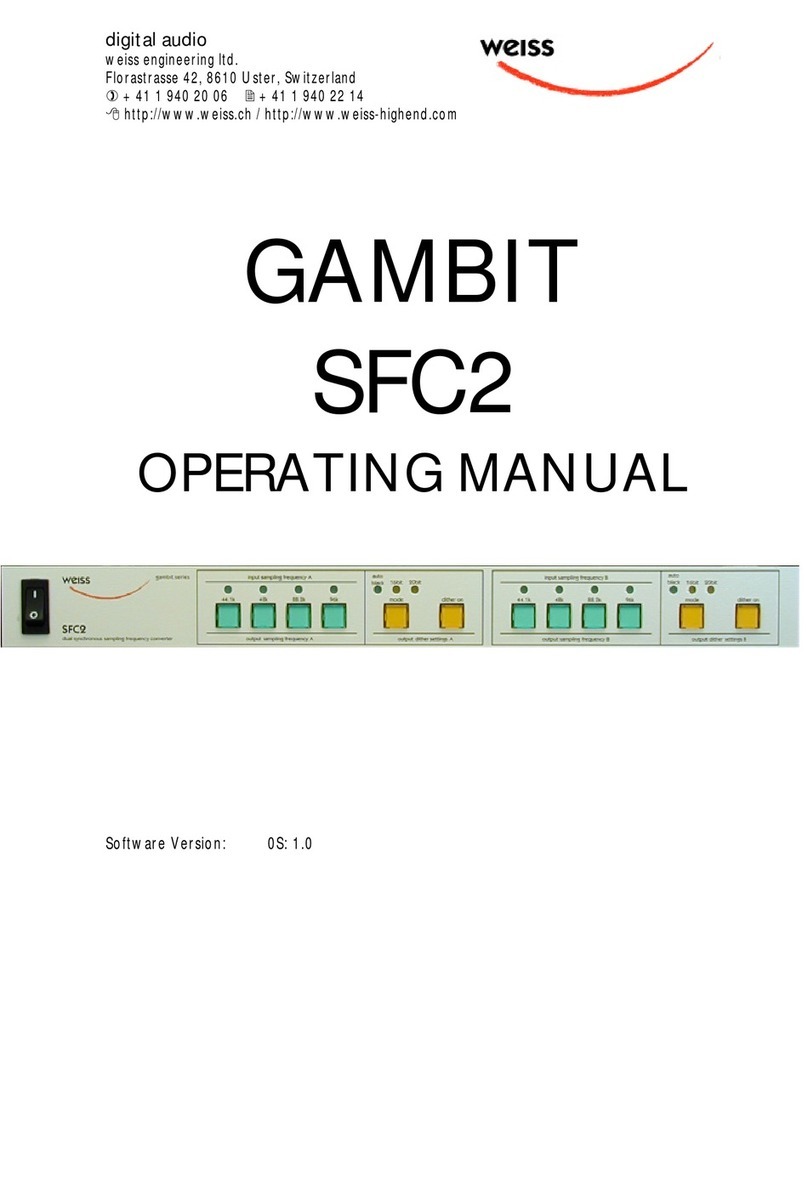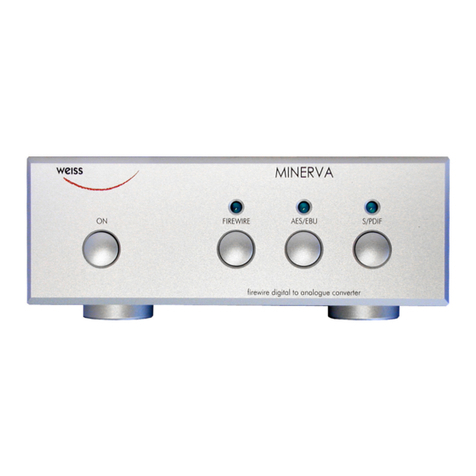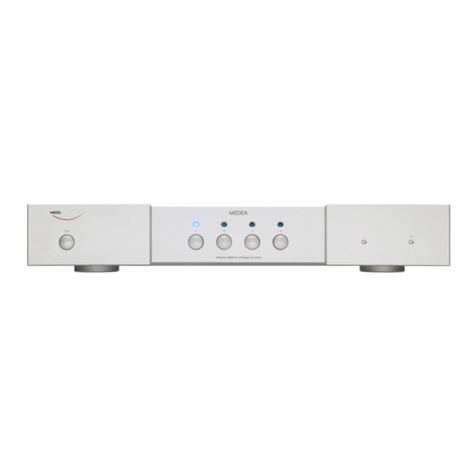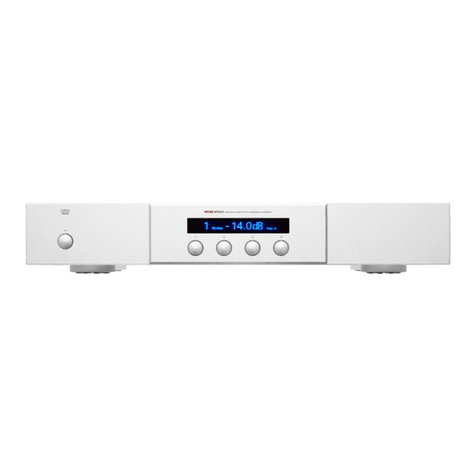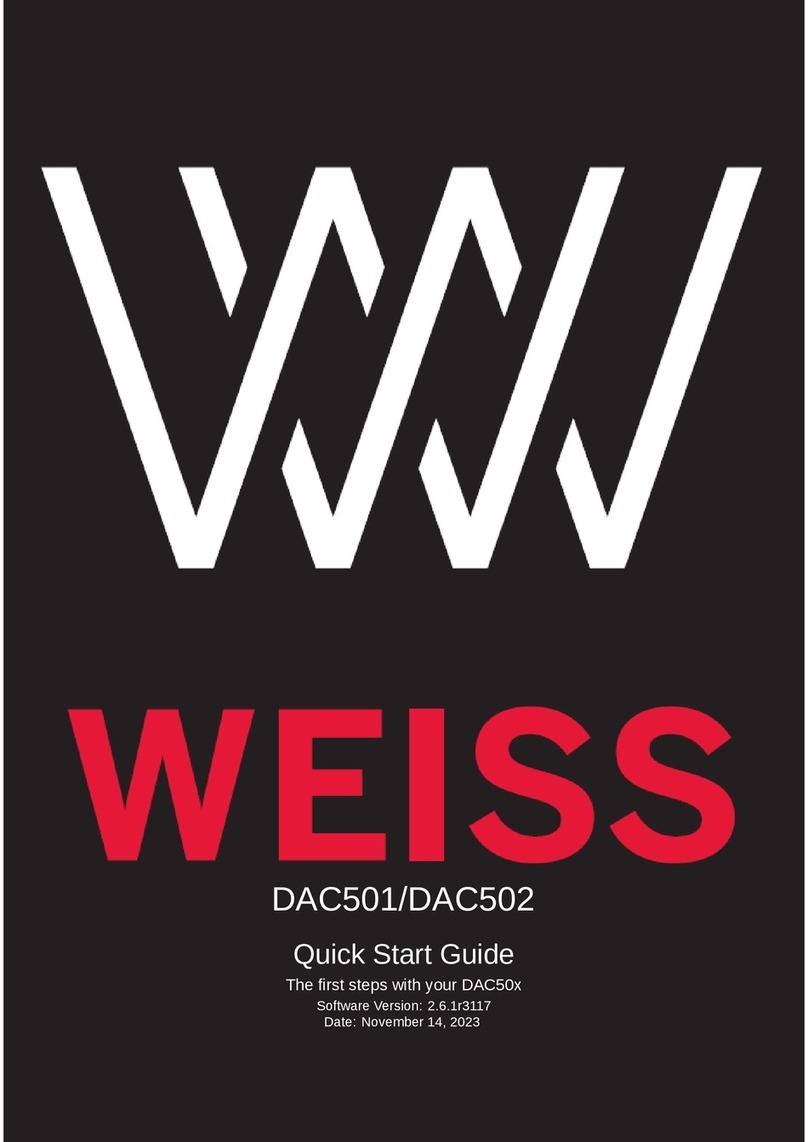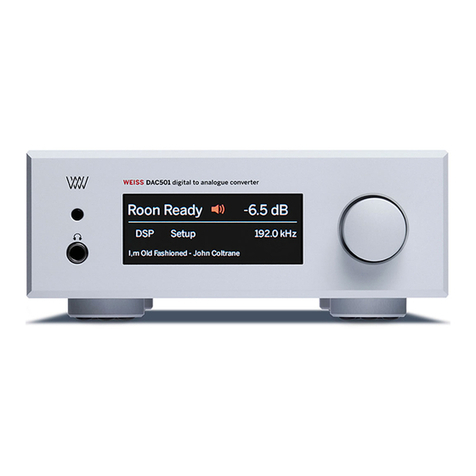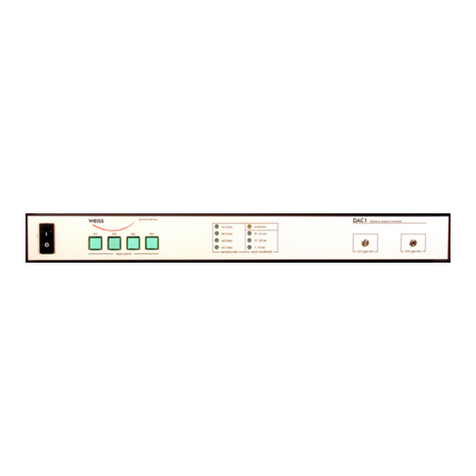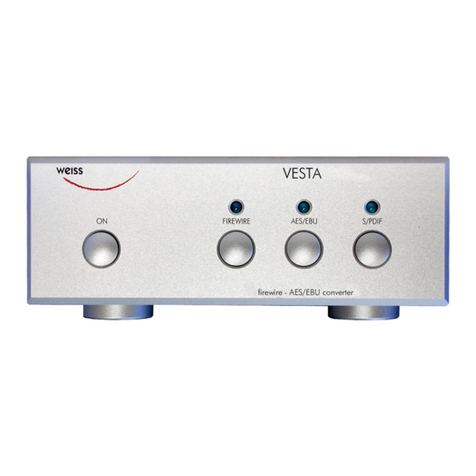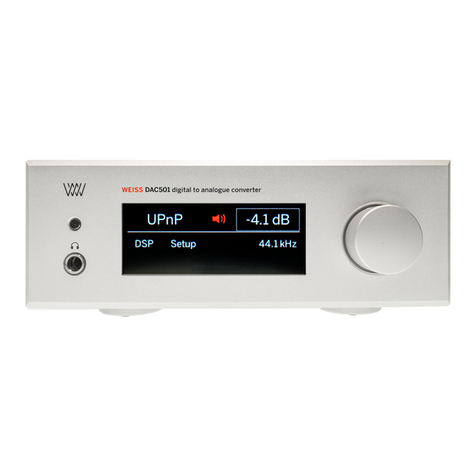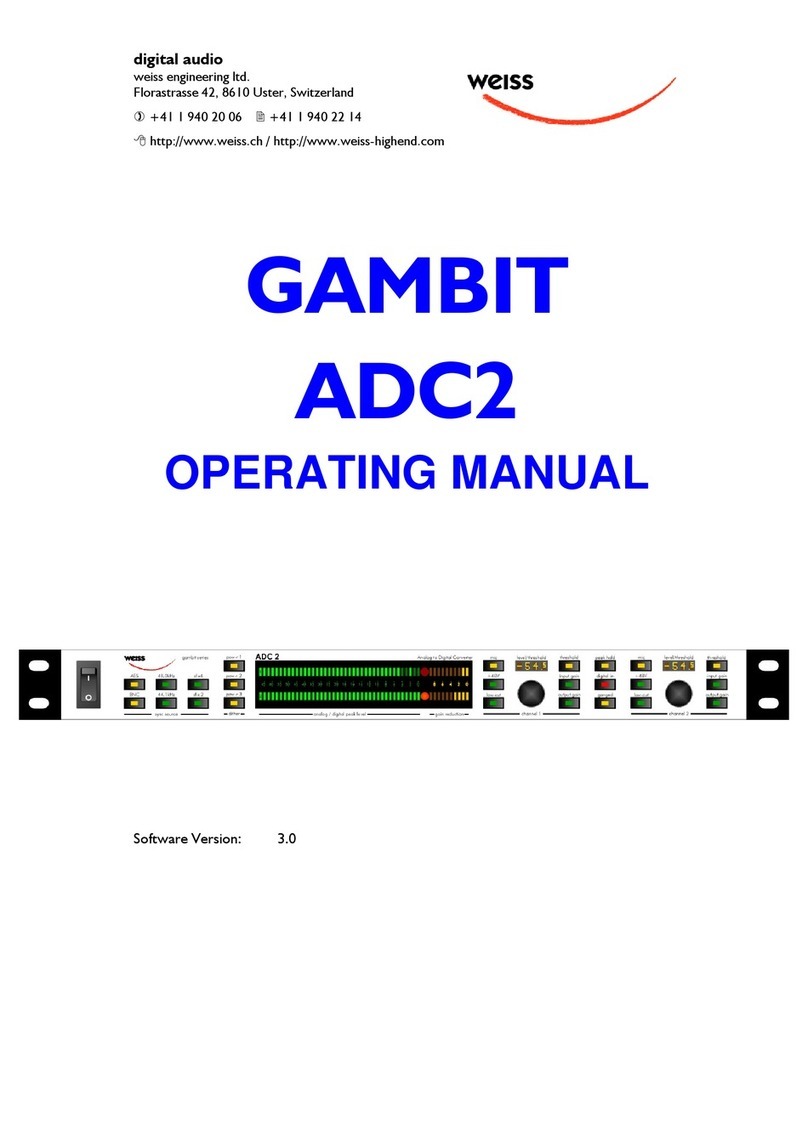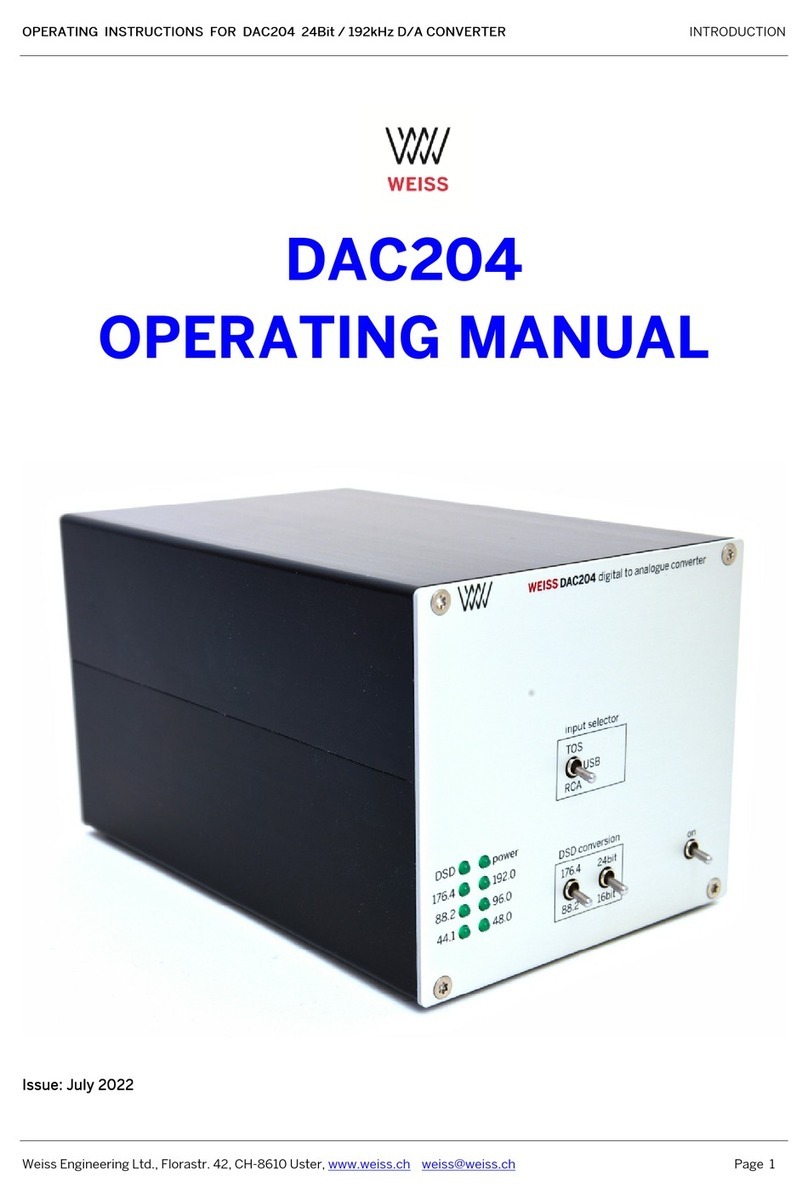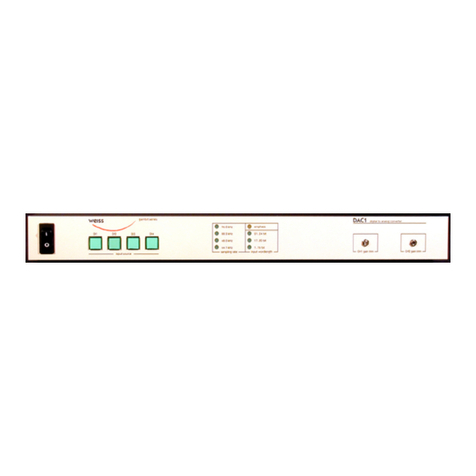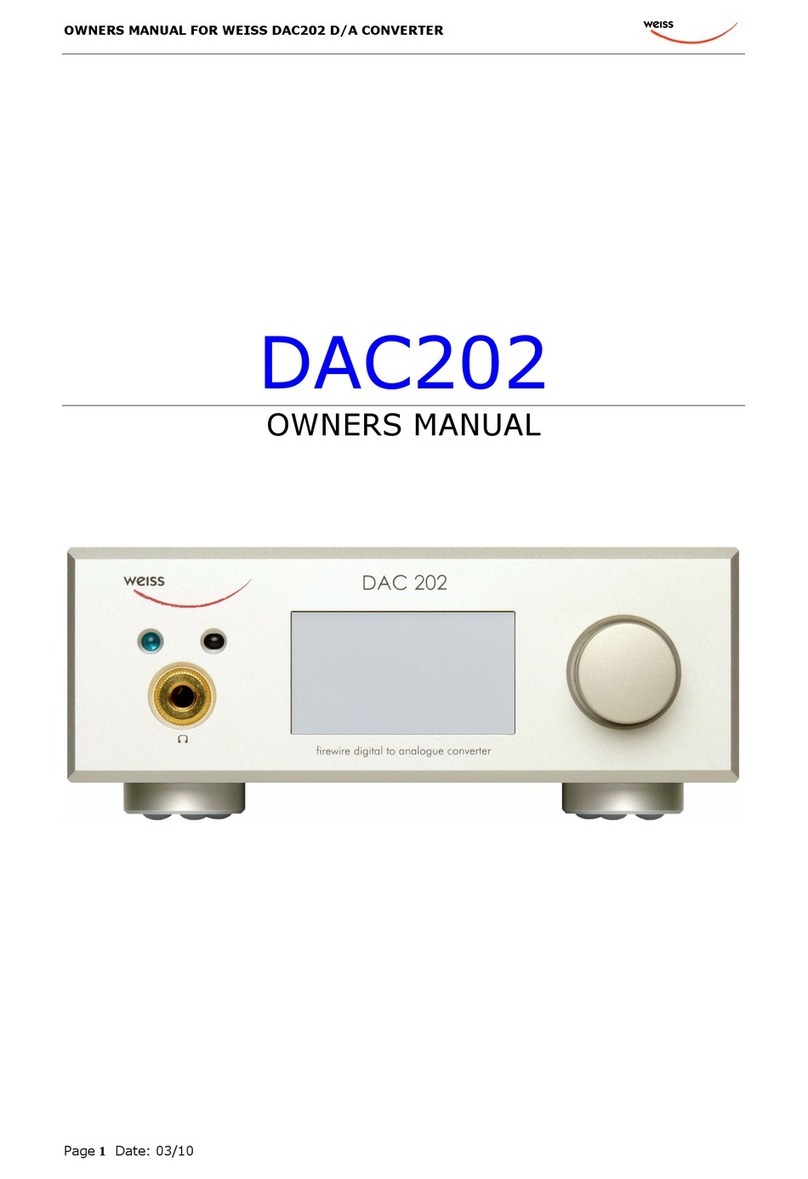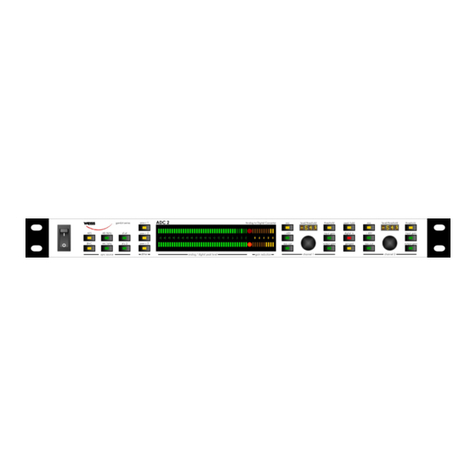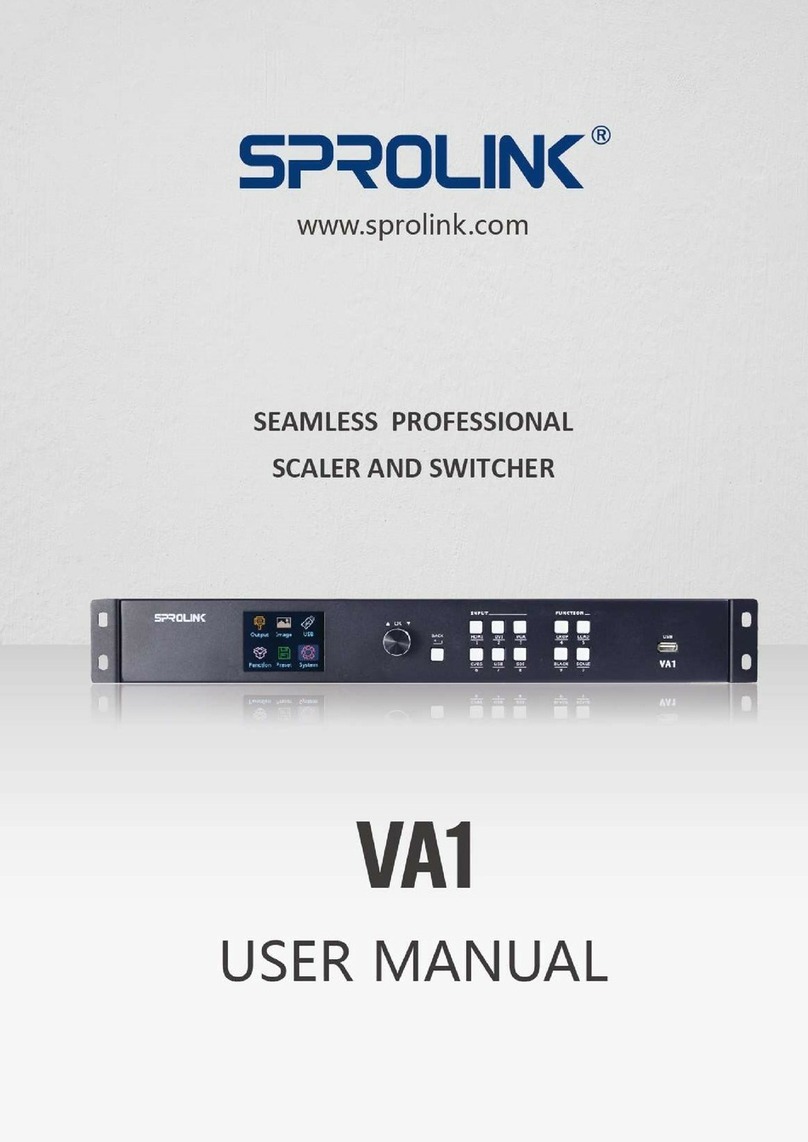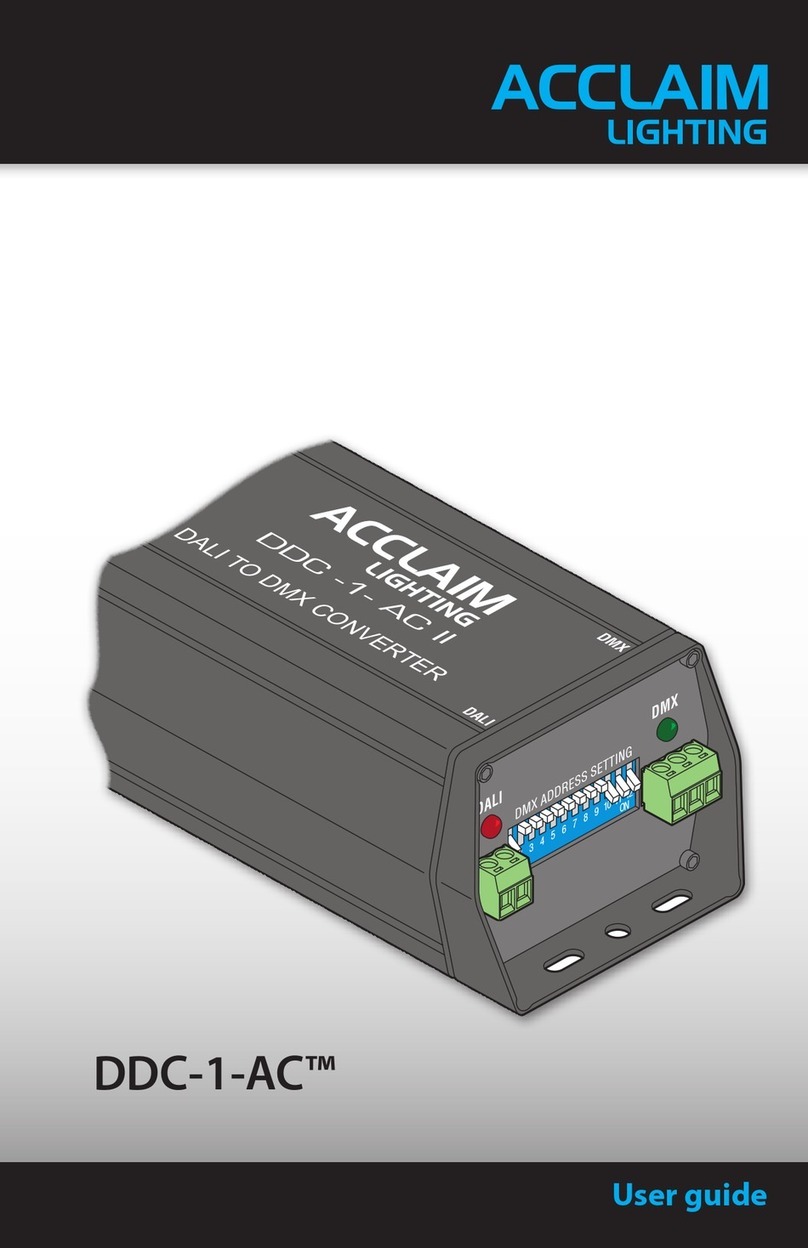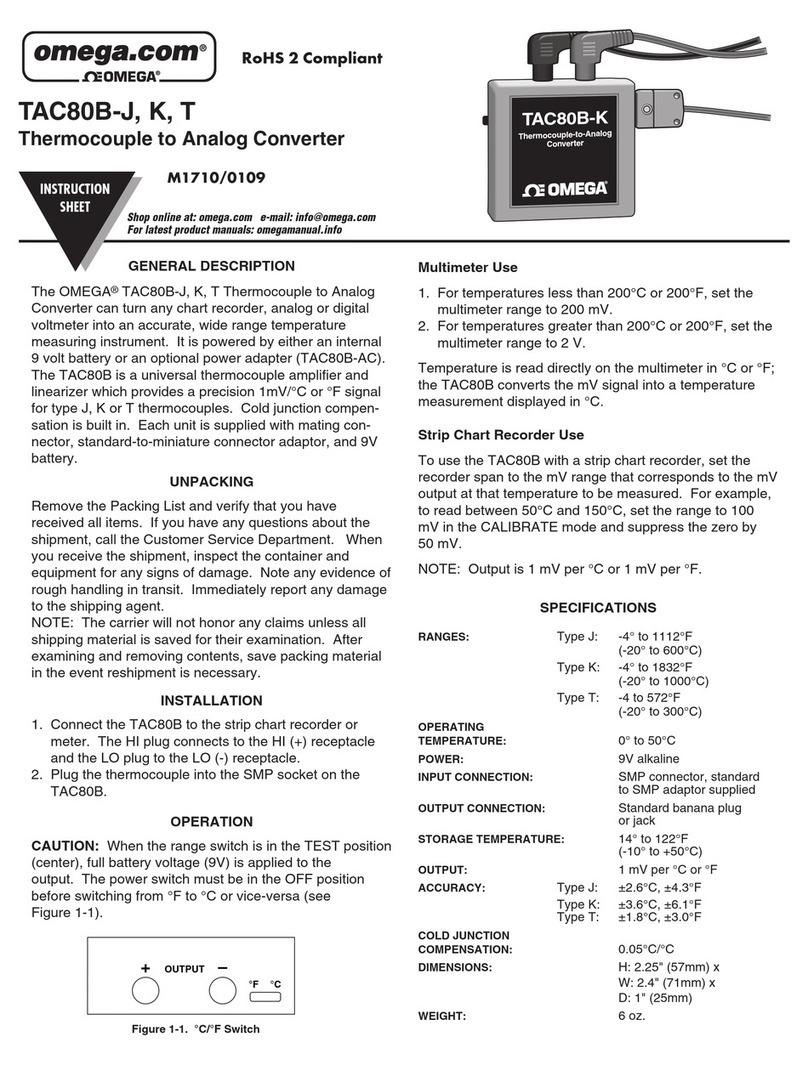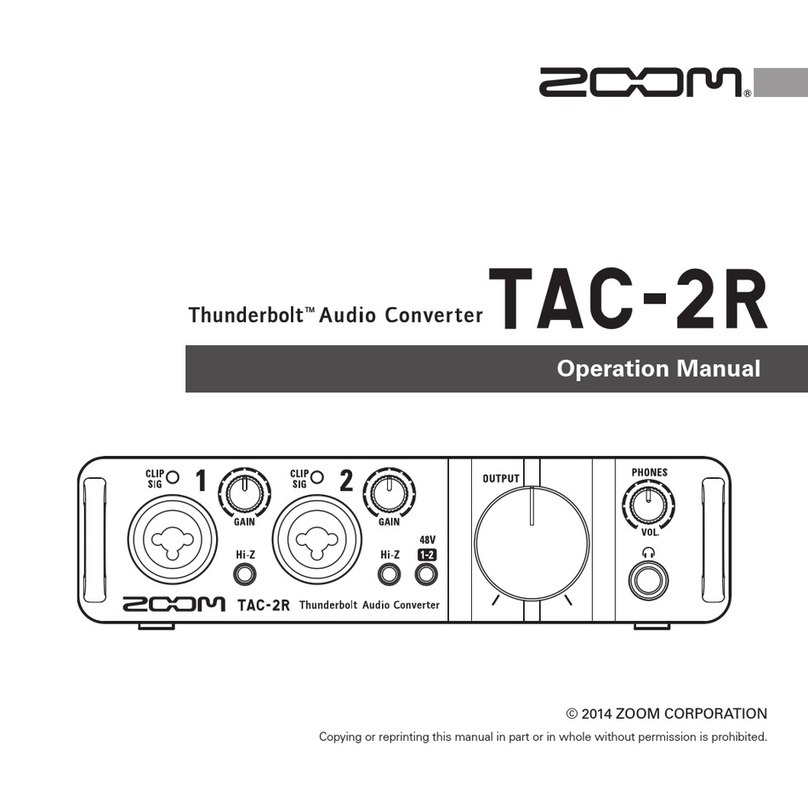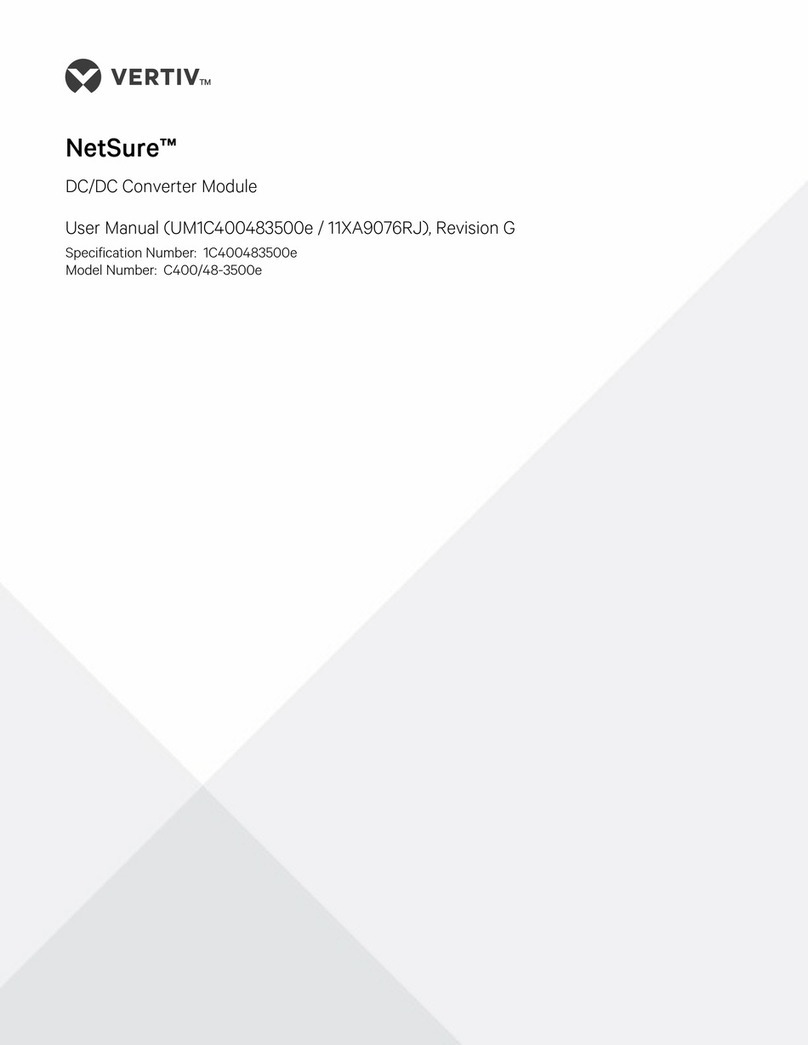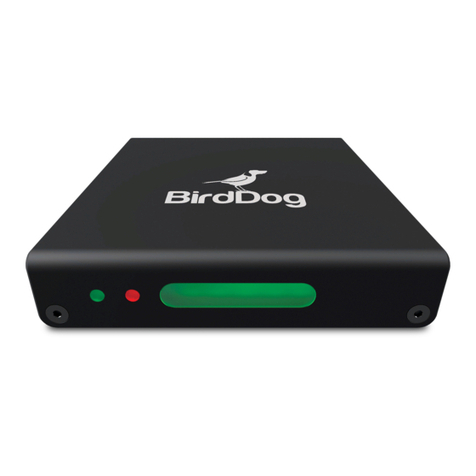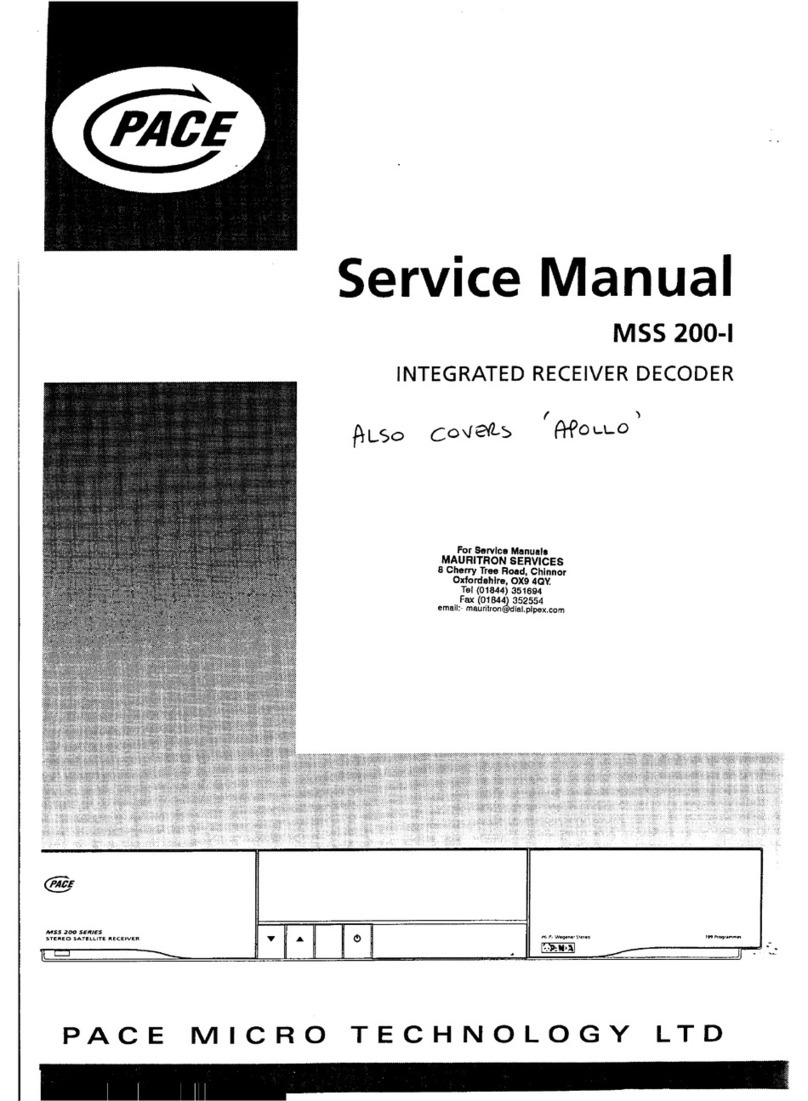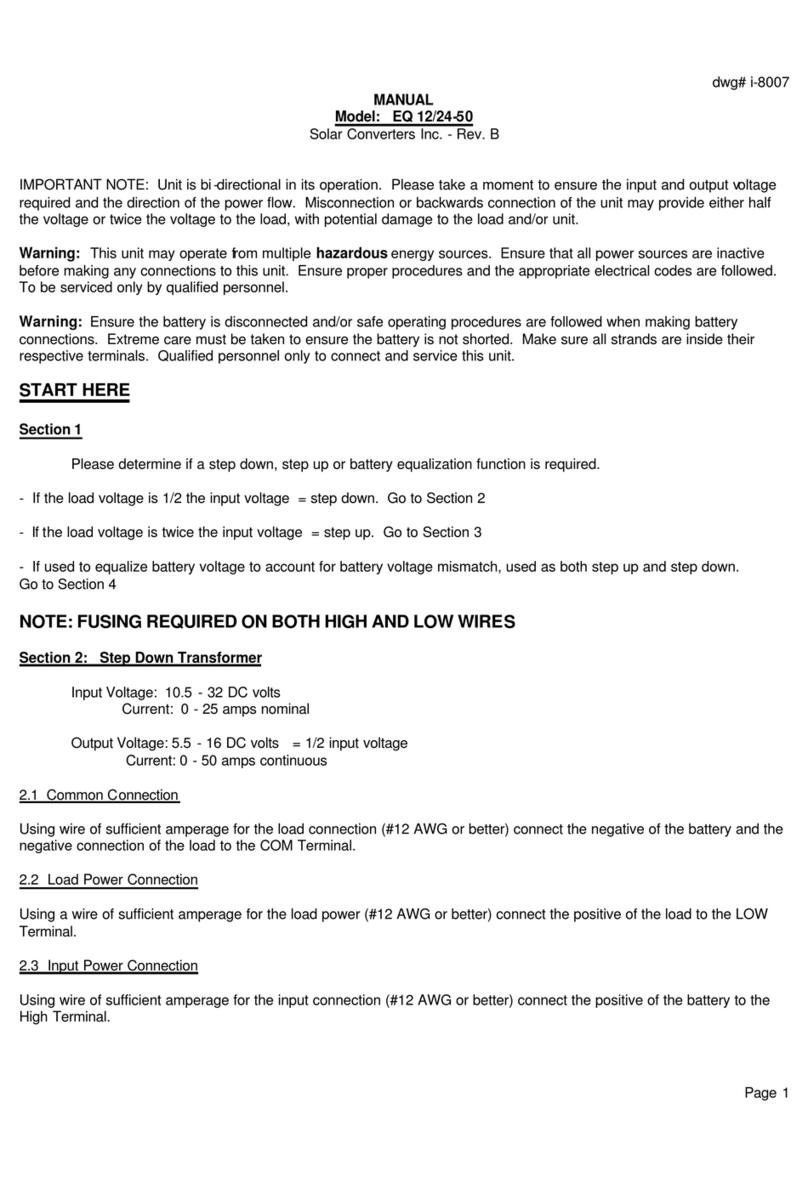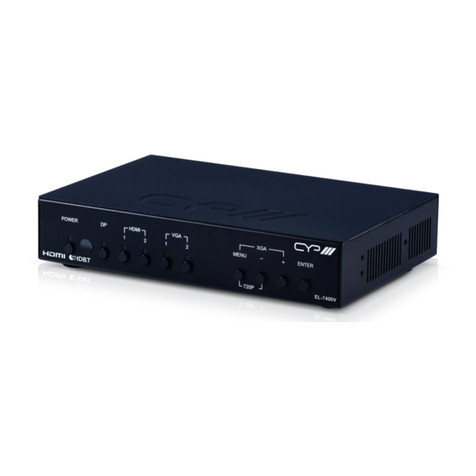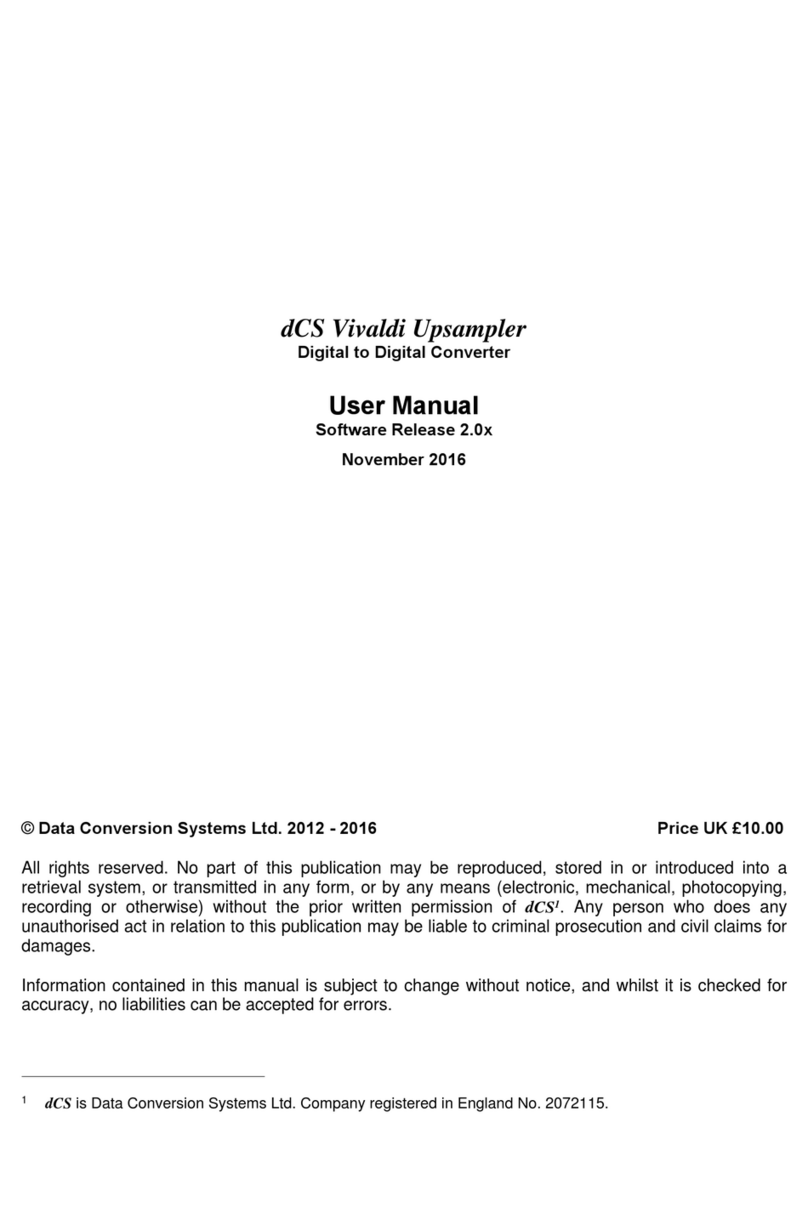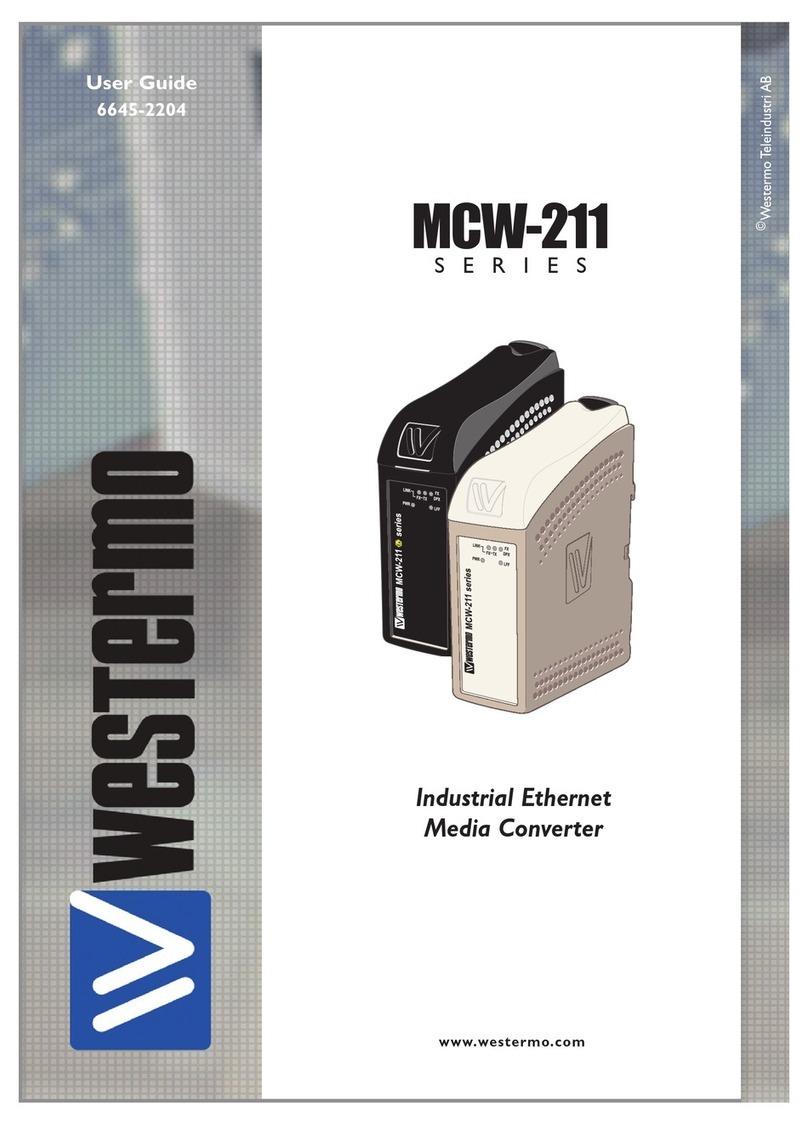
OPERATING INSTRUCTIONS FOR GAMBIT ADC2 24Bit / 1 2kHz A/D CONVERTER OPERATION
Daniel Weiss Engineering Ltd., Florastr. 42, CH-8610 Uster Page 10
+41 1 940 20 06 +41 1 940 22 14 http://www.weiss. h weiss@weiss. h
DITHER MODE
This swit h determines how dither is applied to XLR
and RCA outputs. Refer to hapter POW-r Dither on p.
7 for further information.
WSYNC TERM.
If the “WORDSYNC in” is not onne ted to another
devi e (via a T- onne tor), this dip swit h must be in
the down position, in whi h ase the signal is properly
terminated.
If another unit is onne ted to the “WORDSYNC in”,
this dip swit h must be in the up position.
Regardless of input syn hronization type, the
“WORDSYNC out” always arries the word syn used
by the ADC2.
AES IN TERM.
If the loop-through output of the “DI 1 / SYNC” input is
not onne ted to another devi e, this dip swit h must
be in the down position, in whi h ase the line is
properly terminated.
If another unit is onne ted, this dip swit h must be in
the up position.
FIREWIRE
If the optional Firewire Interfa e kit is installed, the
Firewire so ket on the ba k of the unit be omes a -
tive.
For the installation of the ne essary driver software
refer to the installation instru tion file on the driver
CD. The CD an be found on the last page of the man-
ual, or download the latest driver from:
https://www.weiss. h/download/ad 2
In the Weiss Firewire IO panel (the driver appli ation)
the ADC2 devi e will be visible on e the Firewire on-
ne tion has been established. The ADC2 be omes the
master lo k for the Firewire data transfers, i.e. the
Firewire interfa e will be automati ally onfigured
su h that it is slaved to the ADC2 output.
In the audio setup of your omputer sele t the Weiss
Firewire Interfa e as the re ording and/or playba k
devi e.
The re ording path uses the ADC2 XLR output as input
to the Firewire interfa e.
The playba k path feeds the data oming into the
ADC2 via Firewire dire tly to the RCA output onne t-
or. There are no ADC2 pro essing features available
for that path. I.e. it is possible to play a file on the
omputer via the ADC2 firewire interfa e to that RCA
output. The RCA onne tor an be jumpered in the
ADC2 unit to arry either the Firewire output or the
standard ADC2 output as des ribed in this manual. If
the ADC2 omes with the Firewire option installed, the
RCA onne tor is jumpered to the Firewire output.
Note that the ADC2 is the master lo k even when
using just the playba k path. So make sure to set the
ADC2 to the sampling rate of the file to be played
ba k.
It is possible to onne t more than one ADC2 to the
Firewire bus (use a Firewire hub or a omputer with
more than one Firewire onne tor to establish su h a
onfiguration). In su h a ase one of the ADC2 is the
master lo k for the whole system, i.e. the slave ADC2
unit(s) have to be syn hronized to the master ADC2 via
e.g. the WORDSYNC (on BNC onne tors) signal. In the
Weiss Firewire IO panel the master ADC2 unit is se-
le ted (designated). All other ADC2 units on the Fire-
wire bus then are automati ally onfigured as slave
units, i.e. their Firewire Interfa es are slaved to the
Firwire bus. Despite that slaving via the Firewire bus,
the aforementioned syn onne tions via WORDSYNC
(or AES/EBU syn ) have to be established. The slave
ADC2 unit(s) have to be swit hed to external syn via
the appropriate frontpanel swit hes.
